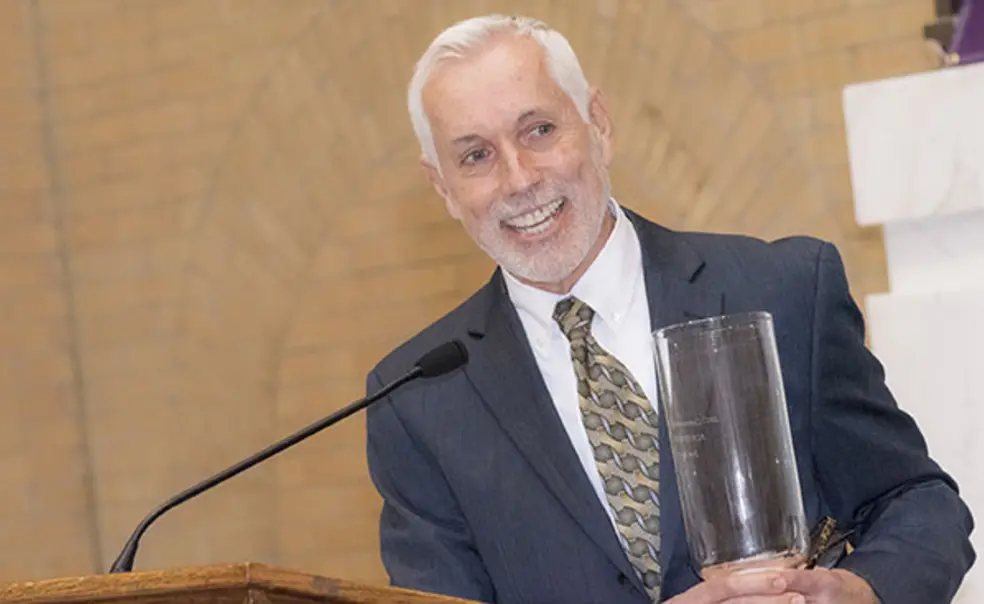Jose Mateo ’74 and the ‘Underutilized Power of Dance’
After graduating from Princeton, Jose Mateo ’74 moved to New York to pursue a career in dance. But after a decade in that physically demanding field, he was ready to return to art history, which had been his undergraduate major.
“I moved to Boston, where I worked for Harvard University’s Fogg Art Museum as an administrator, and then was lured back into dance slowly, first through teaching and then choreographing and starting a troupe,” Mateo says.
In more than 30 years in the Boston area, Mateo has made a lasting mark on the dance scene, and last month, the Massachusetts Cultural Council honored his work with a Commonwealth Award in Achievement, the state’s highest honor in the humanities, arts, and sciences. The citation recognized Mateo’s “artistic achievement in choreography and his innovative, humanistic approach to dance education that fosters diversity and inclusion.”
Mateo, who was born in Cuba and came to the United States at age 5, credits his time at Princeton for launching a life in dance. He arrived at the University in the fall of 1969, at the start of coeducation, which also marked the start of a new dance program led by Ze’eva Cohen. Mateo enjoyed modern dance but realized he’d need to develop a ballet technique, “in order to be competitive in the field,” so he also enrolled in ballet classes off campus, at what is now the American Repertory Ballet.
To begin a professional career five years later, Mateo says that like many dancers, he had to “kind of jump into the frying pan, with very little preparation.” But Princeton had laid a solid foundation. Mateo channeled his art history background to learn about different styles of dance and how they came to be; and his interactions with Cohen had given him “a grounding in the making of dances,” which also would serve him well later on when his interests turned to choreography.
With the Cambridge-based Jose Mateo Ballet Theatre, Mateo has built an impressive repertory and a reputation as an engaging teacher. He continues to create new choreography, with his next debut scheduled for late April. Mateo sees potential for ballet in a range of unexplored musical pieces, but creating a new work remains daunting, even with decades of experience. “It’s about applying oneself,” he says. “It’s work, like everything else.”
Mateo’s influence stretches beyond the boundaries of ballet, through community-minded efforts like Dance for World Community, which he says tries to harness the “underutilized power of dance.” Programs include a popular annual festival that features some 90 dance groups, spanning a range of styles, as well as introductory dance lessons.
Using dance to help make interpersonal connections has been gratifying, Mateo says, and it has had a positive influence on the audience for ballet.
“We’re trying to expand the role of dance in community,” he says. “While my personal interest remains with ballet, I’m fortunate to have had exposure to a lot of other forms during my own training and during my own development. I realize that can be a very effective way of engaging people who might not otherwise think to select ballet as an entry to the world of dance.”












No responses yet